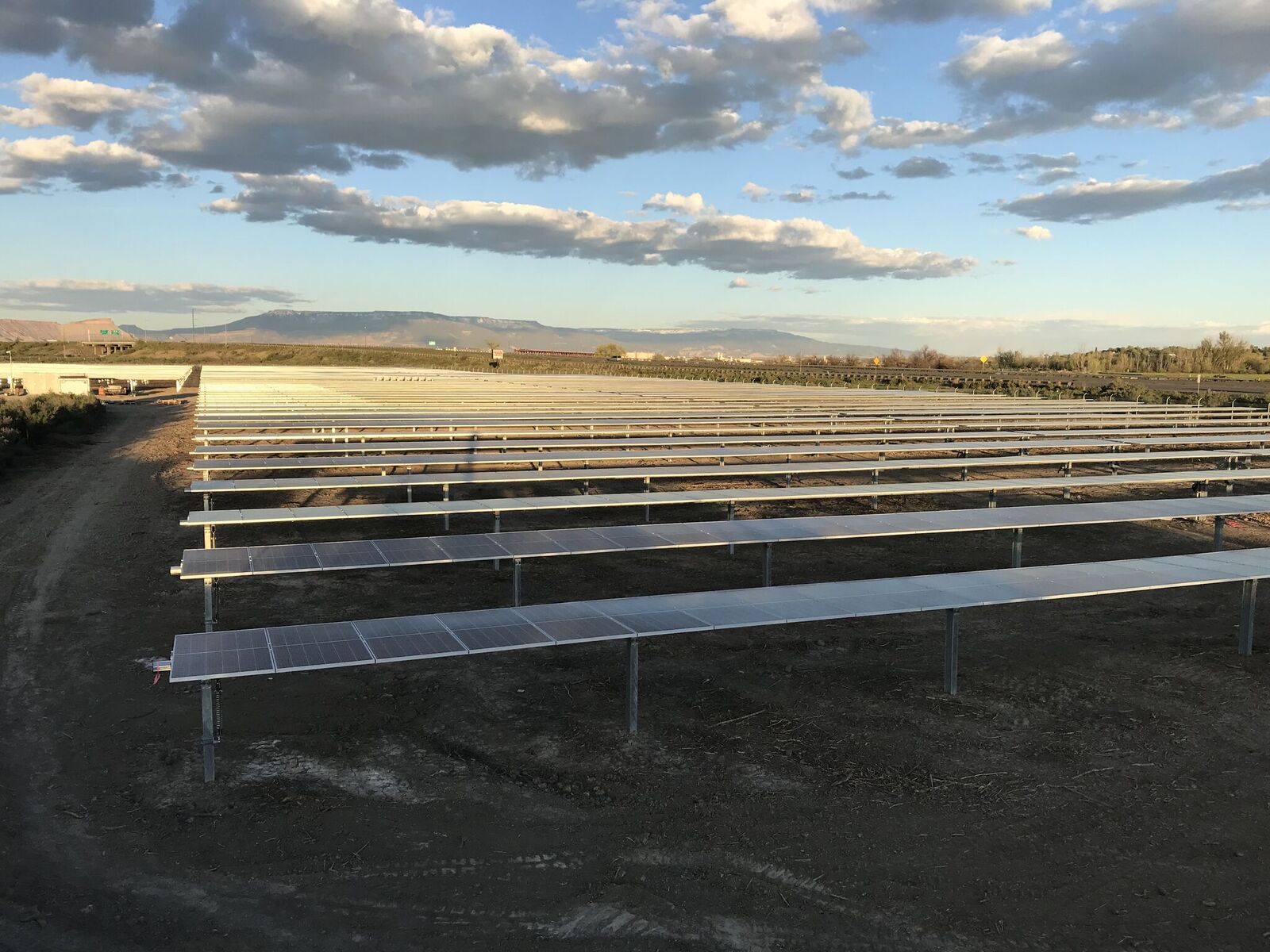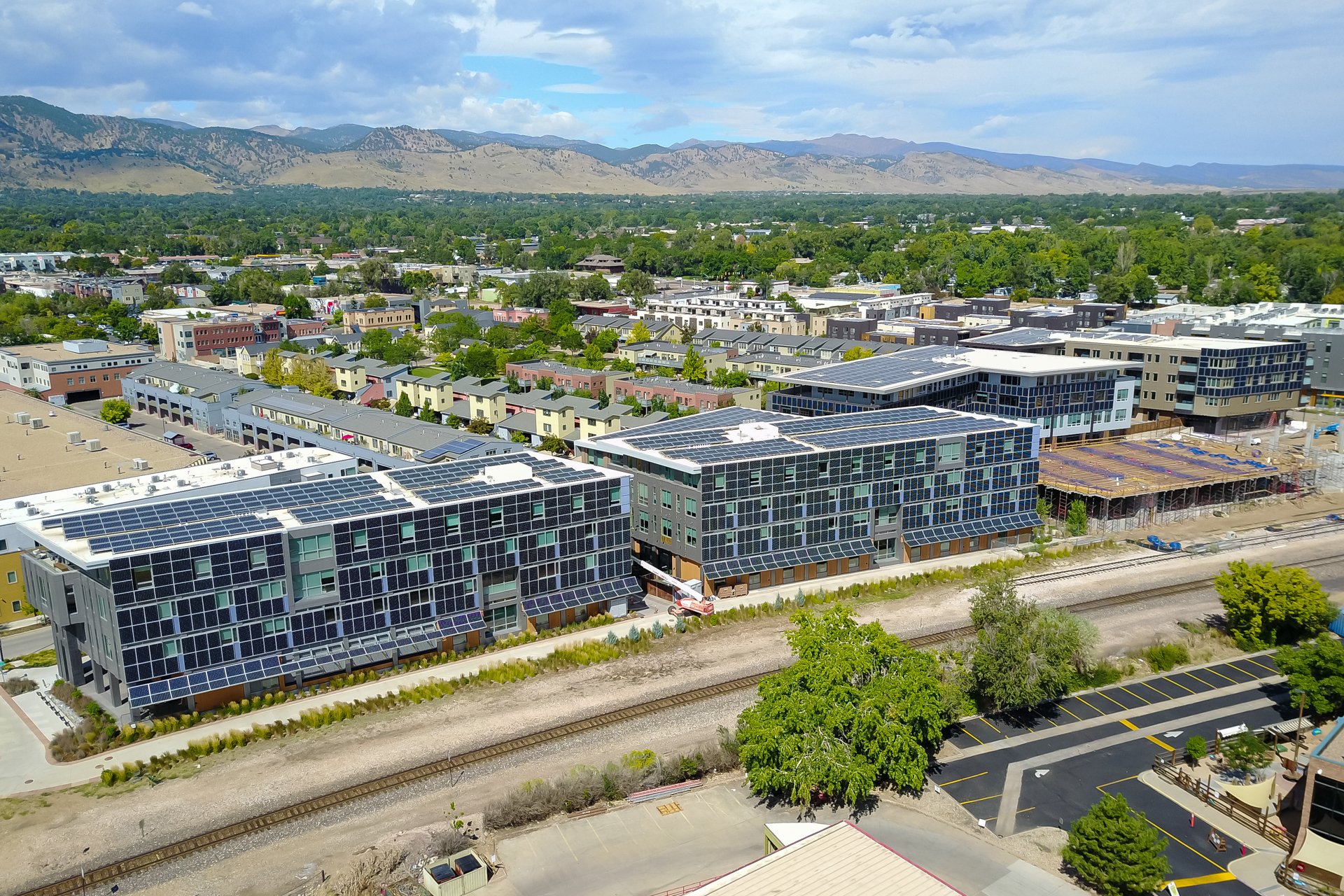Understanding New Jersey’s New Solar Incentive Framework
August 27, 2021

Last month, the New Jersey Board of Public Utilities (NJBPU) announced that they plan to replace New Jersey’s existing solar incentive program with a new framework. The new program, which comes after nearly three years of discussion and debate, aims to incentivize the development of 3,750 megawatts of new solar generation by 2026. This target aligns with the longer-term goal set forth by New Jersey Governor Phil Murphy of deriving 100% of the state’s power from renewable sources by 2050.
Here we will provide background on the existing incentive program and explain what to expect from the new framework.
A Brief History of New Jersey Solar Incentives
New Jersey has a strong Renewable Portfolio Standard (RPS), and solar energy production is a cornerstone of the strategy. To meet its ambitious RPS goals, the state initially relied on a Solar Renewable Energy Certificate (SREC) program to incentivize solar development. Under this program, SRECs were awarded to solar project owners for every kilowatt-hour of electricity their system produced. Then, solar energy producers could sell these credits to utilities required under the New Jersey RPS to meet a certain solar quota. Because SRECs were traded in a competitive market, their price could fluctuate drastically depending on supply and demand.
With the passage of the NJ Clean Energy Act of 2018, New Jersey set out to close its SREC program once 5.1% of the state’s retail electricity sales was generated by solar. To bridge the gap until a new program could be developed, the NJBPU created the Solar Transition program. Similar to SRECs, TRECs are sold to utilities to help them meet their solar requirements. However, unlike SRECs whose prices vary depending on the market, TRECs have a fixed 15-year price. This means developers and project owners could better predict their returns with solar.
SRECs achieved the goal of spurring investment in solar development throughout New Jersey. The NJBPU announced the Successor Solar Incentive (SuSI) program in July of this year, which strives to strike a balance between incentivizing continued investment in solar without placing a burden on New Jersey ratepayers.
About New Jersey’s New Successor Solar Incentive (SuSI) Program
The SuSI program is divided into two sub-programs: the Administratively Determined Incentive (ADI) and the Competitive Solar Incentive (CSI).
The ADI will provide a fixed incentive payment for net metered solar projects, both residential and most commercial and industrial (C&I) and community solar, up to 5 megawatts (MW) in size. The value of the incentive will depend on the project type and size – ranging from $70 to $120 for every MW of energy produced – but will be guaranteed for 15 years.
The CSI is based on a competitive solicitation process targeted at net metered C&I projects larger than 5 MW in size and grid supply projects. These projects aim to achieve the lowest financial contribution from ratepayers for projects providing power directly to the grid and larger C&I projects.
NJBPU hopes to use the two-part approach to support various solar market segments through long-term incentives tailored for different project types, while also mitigating the costs of administering the programs. The SuSi program officially launches on August 28th of this year.
How SuSI Will Impact The New Jersey Solar Landscape
New Jersey currently boasts more than 143,000 solar installations that produce 3,655 MW of solar power. The current makeup of the 3,655 MW can be broken down as such:
- Net Metered Residential (residential/small-scale): 143,363 installations that provide 2,876 MW of electricity
- Grid Supply (large scale installations): 185 installations that provide 763 MW of electricity
- Community Solar (installations that link to local homeowners): 7 installations that provide 14 MW of electricity
The new SuSI program aims to develop 3,750 megawatts of new solar generation across all solar segments by 2026. This target would more than double New Jersey’s current solar capacity, bringing the percentage of electricity generated by solar from 5% to 10%. This would be a significant step toward the state’s objective to procure 34% of its electricity from solar by 2050.
In order to achieve these goals, 750 MW of new solar arrays will need to be constructed each year. This is nearly double what has been annually in the past, so the state must significantly increase installation rates to reach those numbers. Achieving this will require support from trusted and experienced developers like Pivot Energy.
Pivot Energy Is Here To Help
Pivot Energy is ready to help New Jersey meet its lofty renewable and solar energy goals by ramping up solar installation under the new SuSI program. Our seasoned team has navigated similar incentive shifts in other areas, and we know how to help our customers understand and manage the transition.
Contact Pivot Energy today.


